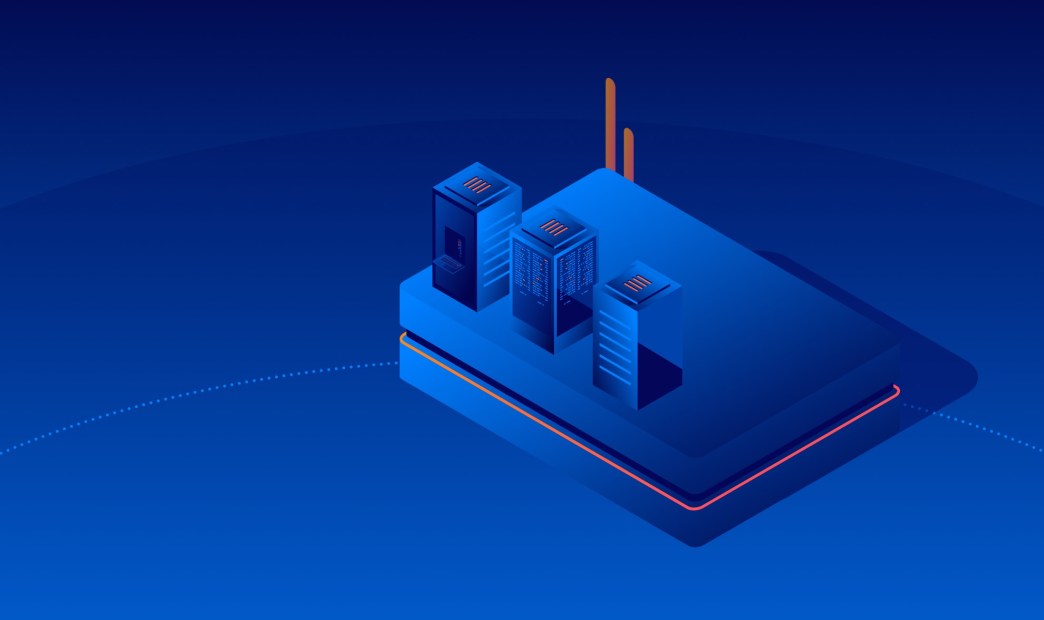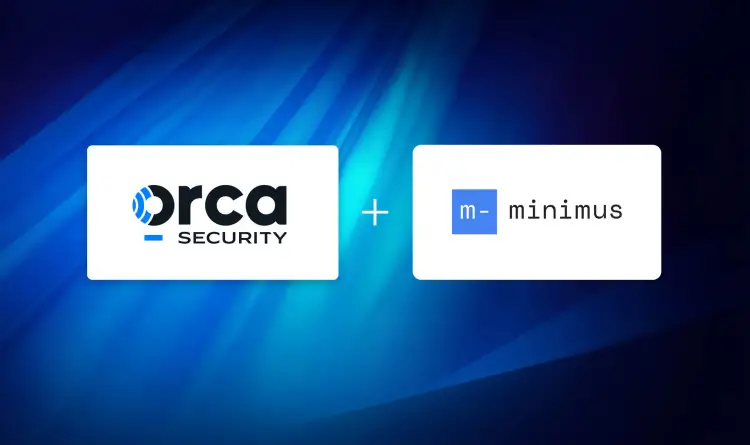Failure to implement compliance standards or properly configure your cloud infrastructure is essentially a recipe for a weak security posture. You can’t rely on your cloud provider to mitigate risks and meet requirements related to GDPR, NIST, CCPA and HIPAA.
Keep reading to learn about tools you can leverage to comply with Center for Internet Security (CIS) benchmarks and improve cloud security.
What is Cloud Security Posture Management (CSPM)?
When organizations start moving their workloads to the cloud, it’s essential that they establish and maintain solid cloud security management. Ensuring compliance and leveraging automated remediation have become important aspects of cloud infrastructure management. Relying exclusively on your cloud provider to secure your infrastructure is not the best choice.
Cloud Security Posture Management, or CSPM, is a group of security tools and technologies that allow users to identify, control, and remediate risks as well as any misconfigurations in their cloud infrastructure. Examples of misconfigurations that can be detected and remediated by CSPM tools include storage buckets or virtual machines that are open to the internet, open ports that are not being used by other applications in your infrastructure, and the use of your cloud provider’s default settings.
CSPM tools can really make a difference. Here are 7 ways in which CSPM can improve your cloud security posture:
1. Asset Inventories
When setting up a new cloud infrastructure (or updating an existing one), we sometimes ignore the simple things, like tagging, labeling, and creating a business unit category. CSPM encourages (and sometimes forces) your organization to do these simple things. The practice of tagging and labeling creates an excellent cloud infrastructure inventory. It also makes it easier for CSPM to report on vulnerable parts of the infrastructure. Your teams can then mitigate, remediate, and take action based on this information.
2. Continuous Cloud Compliance Monitoring
CSPM tools provide continuous compliance monitoring of your cloud resources. Different regions, states, and/or countries might have different regulatory standards. Keeping these standards updated can be a daunting task for security teams. CSPM tools ensure that you stay up to date with compliance standards. Continuous compliance monitoring will give your organization the ability to identify, mitigate, and remediate risks.
Some examples of misconfigurations that can be easily identified by continuous compliance monitoring include unencrypted Personal Identifiable Information (PII) and the lack of properly restricted access to PII data or storage buckets.
3. Cloud Compliance Standards
Most CSPM tools use predefined standards or compliances, which puts your organization in a good position in terms of cloud security posture. Besides, if your organization possesses any customer data that counts as PII, such as passport numbers, SSNs, biometrics, or Protected Health Information (PHI) data, it is mandatory that you comply with these standards in order to keep their information secure.
Examples of common cloud compliance standards include:
- NIST 800-53, which is a catalog of security and privacy controls for all U.S. federal information systems (except those related to national security).
- GDPR (General Data Protection Regulation), which is a European Union law that was implemented on May 25, 2018. It requires organizations to safeguard personal data and uphold the privacy rights of anyone in EU territory. Example case study is here.
- HIPAA (Health Insurance and Portability Accountability Act of 1996), which is a U.S. federal law requiring the creation of national standards to protect sensitive patient health information from being disclosed without the patient’s consent or knowledge.
- HITRUST, GCP CIS, AWS CIS, Azure CIS, RHEL CIS, Ubuntu CIS, Windows CIS, Docker CIS, K8S CIS, GKE, and others.
4. Policy-Based Definitions
When your organization has CSPM in place, you need to know who can access the results, reports, and data. That will help reduce any risks while ensuring that you meet the compliance standards described above.
5. Cloud Threat Detection
Cloud threat detection helps your organization identify any vulnerabilities that could compromise your cloud network and infrastructure as early as possible. Some CSPM tools have an alert prioritization that categorizes these threats as a compromise, an imminent compromise, or as hazardous. It also shows what kinds of assets are affected according to categories like accounts, serverless, and users and access. Asset trends and new alerts are displayed over a period of time, which helps your organization determine the health of your infrastructure.
6. Incident Response
Incident response allows your organization to review how threats are detected, controlled, and remediated. It consists of a set of procedures that should be followed when threats are detected, and it also documents responsibilities for responding to and remediating such attacks. Incident response can be integrated with ticketing systems (i.e., ServiceNow), alerting systems (i.e., Slack), and other notification applications that help your organization to identify, respond, mitigate, and remediate the threats as soon as possible.
7. Auto-Remediation to Mitigate Cloud Risks and Compliance Issues
Once you have configured all of the important things we mentioned above – including inventories, continuous monitoring, compliance standards, policy-based definitions, threat detection, and incident response – it’s time to take action. The main benefit of CSPM is its ability to immediately and intuitively identify risks, then take action to remediate and/or resolve threats and compliance violations. Some CSPM tools have automated remediation workflows that help security teams to secure their cloud infrastructure in a timely manner. Like incident response, automated remediation can be integrated with ticketing and alerting systems.
Mature Your Cloud Security Posture Management
It is important to have a single pane of glass view into your cloud infrastructure’s security. CSPM provides this visibility, giving security teams one central location for accessing and assessing their products across multiple cloud infrastructures, vendors, and environments.
Leveraging threat detection alone is not enough to defend your cloud. The ability to mitigate and remediate these threats is essential for the security of your organization’s cloud infrastructure. If you want to take your organization to the next level, you should definitely implement automated remediation.
The CSPM features discussed above will help you ensure that your organization’s cloud infrastructure maintains a solid cloud security posture.





